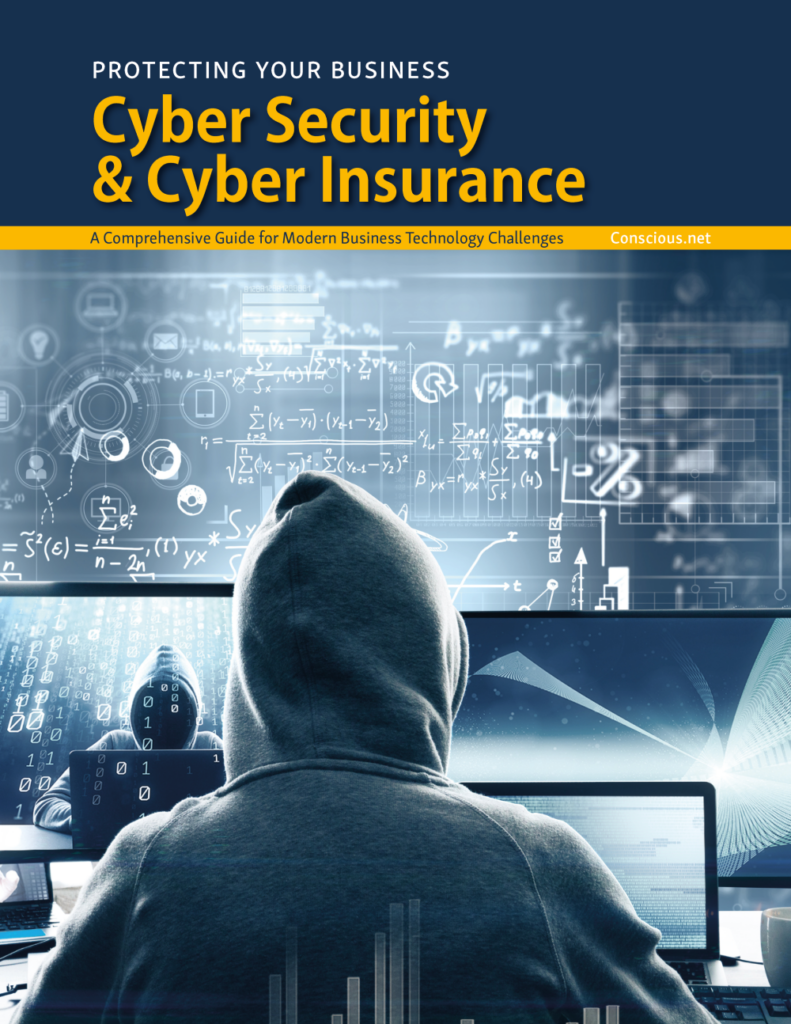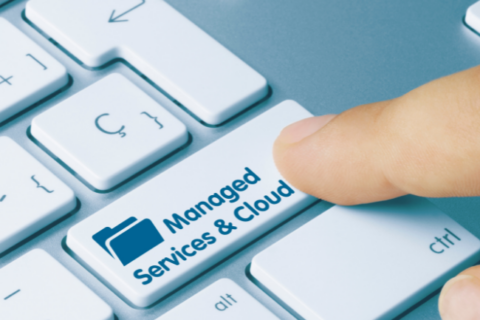Protecting Data At Rest & EndPoint Security
Protecting data is a moral and legal obligation for most businesses today. Sensitive data such as personally identifiable information (PII), intellectual property, or healthcare data is not only a requirement for good business practice, but may also be legally enforceable. Standards such as GDPR, HIPAA, or PCI DSS are in place to ensure that companies are compliant for protecting sensitive data. Companies need to understand the methods used to provide data protection, and perhaps enlist a technology partner to help. Here are some of the considerations for protecting data and endpoint security.
Protecting Data at Different Levels
In the IT world, there are three states that data can be found in – Data at rest, data in use, and data in motion.
- Data at Rest includes all the data stored on devices. It includes data stored locally on hard drives, archived in databases, file systems, and storage infrastructure.
- Data in Use includes data that is currently being updated, processed, accessed, or read by a system. It can also be data that is stored temporarily within an IT infrastructure such as RAM, databases, or CPUs.
- Data in Motion, describes data that is actively moving from one place to another. This movement could be between computers, servers, virtual machines, from an endpoint to cloud storage, or via a private or public network. After data in motion arrives at its destination, it becomes data at rest.
The different levels of data pose various security risks and vulnerabilities. Data is always in motion in today’s work environment. Emails, virtual coworking spaces and messaging applications mean that data is being used constantly and shared in ways that employers aren’t always aware of. As a result, data in motion is often more vulnerable. While in motion, data can be exposed to potentially insecure channels. It also leaves the security of company networks vulnerable to Man-in-the-Middle (MITM) cyberattacks that target data as it moves.
While technically less vulnerable, data at rest is more attractive to those looking to perform cybercrime. The reason is that data at rest contains more valuable information. It is also because data at rest is often targeted by disgruntled employees looking to damage a company’s reputation or steal vital information.
Although data at rest isn’t transferred over the internet, it still travels. One of the consequences of offsite and remote work due to Covid-19 restrictions was that hardware such as laptops and desktops were used from unsecured home environments. This highlighted the vulnerabilities of data at rest. Another factor is that employee negligence plays a massive role in exposing data at rest to severe cyber threats too.
Protecting Data At Rest
Encryption and tokenization are two important, but distinct, data protection methods that can be used to protect data at rest.
Encryption
Encryption is a method of transforming content by making it unreadable without a secret key necessary to decrypt the content. Encryption can be used to secure and protect information as needed by the organization. Masking is an encryption technique that allows a piece of data to be redacted to a point where the remaining data is not considered sensitive.
Tokenization
This is a process where a token is used to replace a sensitive piece of information. A token must be meaningless and must not be derived from the data it is tokenizing. By carefully planning your tokenization strategy, you can include additional protection for your content and meet your compliance requirements.
Endpoint Security
There are several ways to protect data at rest, but the number one consideration for companies must be endpoint security. Endpoint security involves securing endpoints of end-user devices like desktops, laptops, and mobile devices. The goal is to protect them from being exploited by malicious actors and campaigns. Endpoint security systems protect these endpoints on a network or cloud from all known cybersecurity threats. In recent years, endpoint security has evolved from traditional antivirus software to provide comprehensive protection from sophisticated malware and zero-day threats.
Organizations of all sizes are at risk from:
- Nation-state
- Hacktivists
- Organized crime
- Malicious insider threats
- Accidental insider threats
To combat this, endpoint security is used as cybersecurity’s frontline and must be one of the first places organizations look to secure their enterprise networks.
Technology & Data Protection Experts
When it comes to ensuring the protection of your data, it is important to enlist the expertise of an experience technology partner. Conscious Networks is driven by an entrepreneurial philosophy. The founder’s education and experience in business taught them to be meticulously thoughtful about building solutions in the present that are created to live well into the future. More importantly, as every entrepreneur knows – protecting the data and creating a profitable business are vital to success.
Are you’re ready to get started and take your business to the next level? Contact us today to schedule a consultation.



